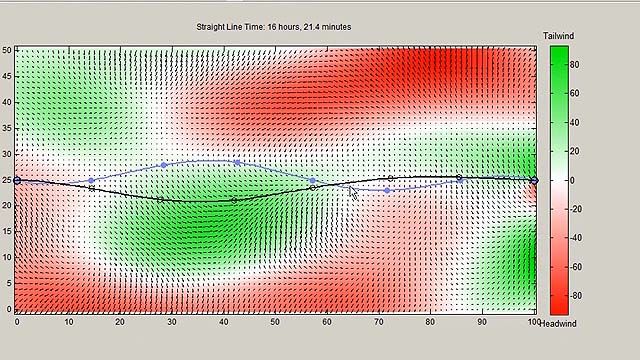Conditional Value at Risk (CVaR) Portfolio Optimization
Conditional Value at Risk (CVaR) is the extended risk measure of value-at-risk that quantifies the average loss over a specified time period of unlikely scenarios beyond the confidence level.
This video demonstrates how to perform your entire CVaR portfolio optimization workflow from defining the portfolio problem, to evaluating the efficient frontier, to setting up a record of purchase and sales.
For more videos about Financial Toolbox, visit here.
Published: 2 Oct 2018





